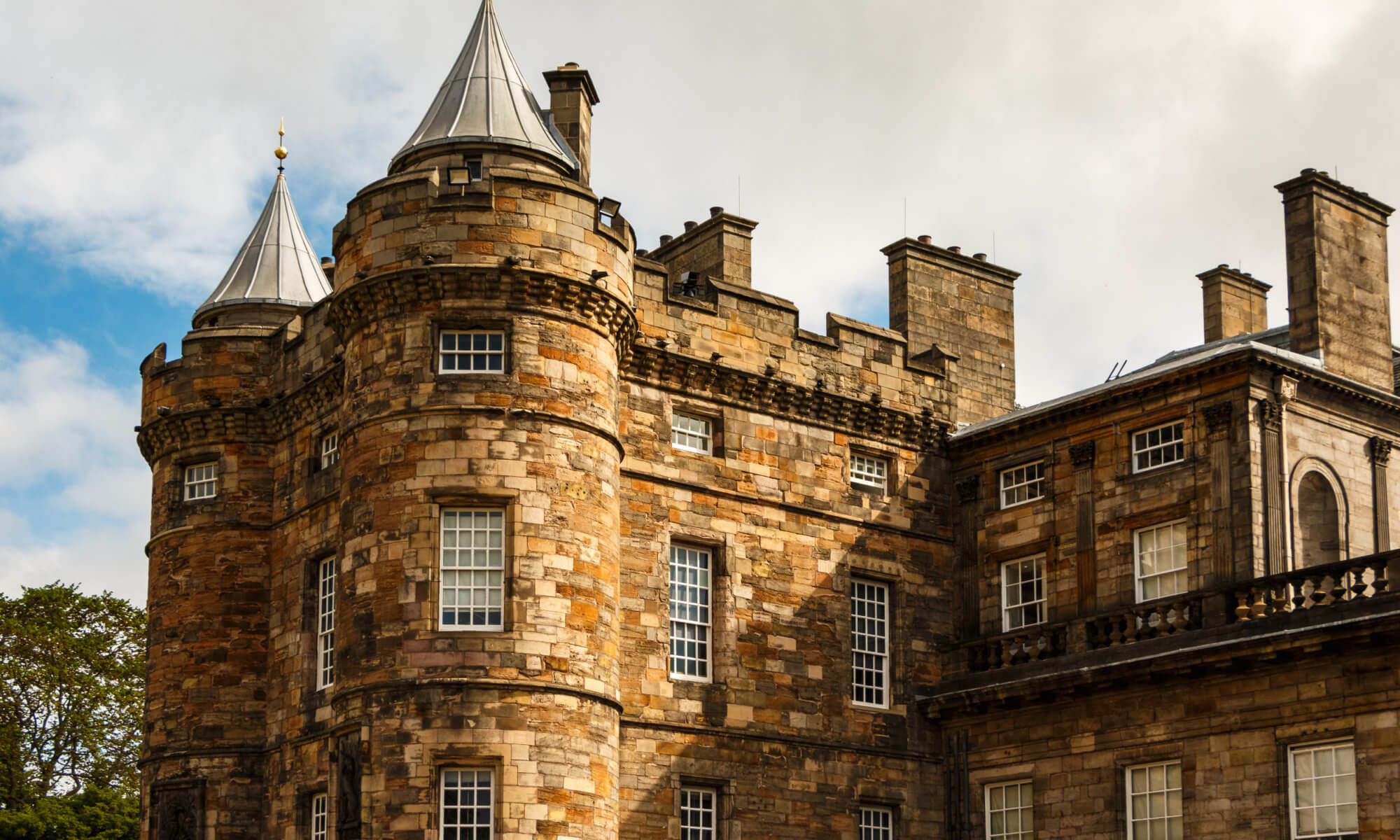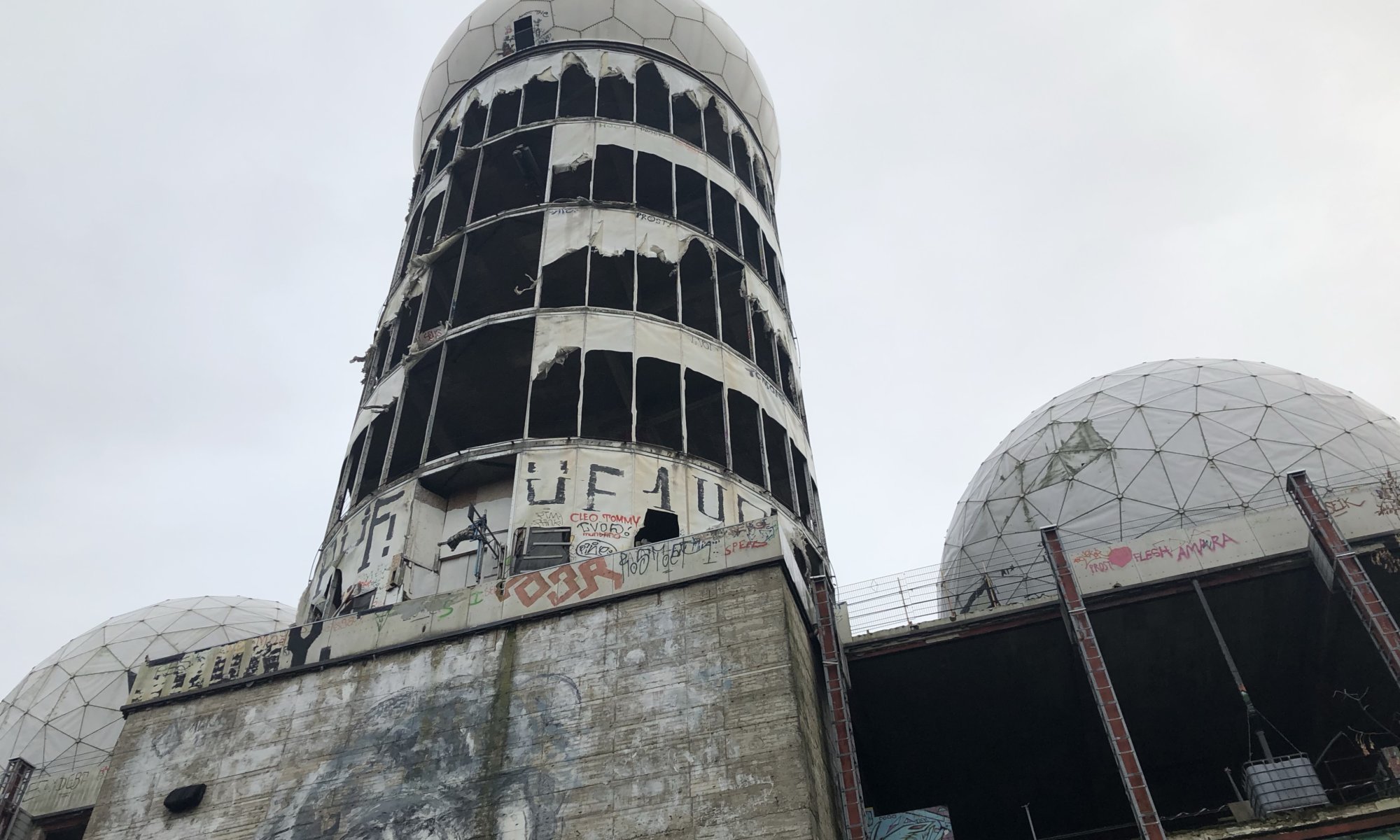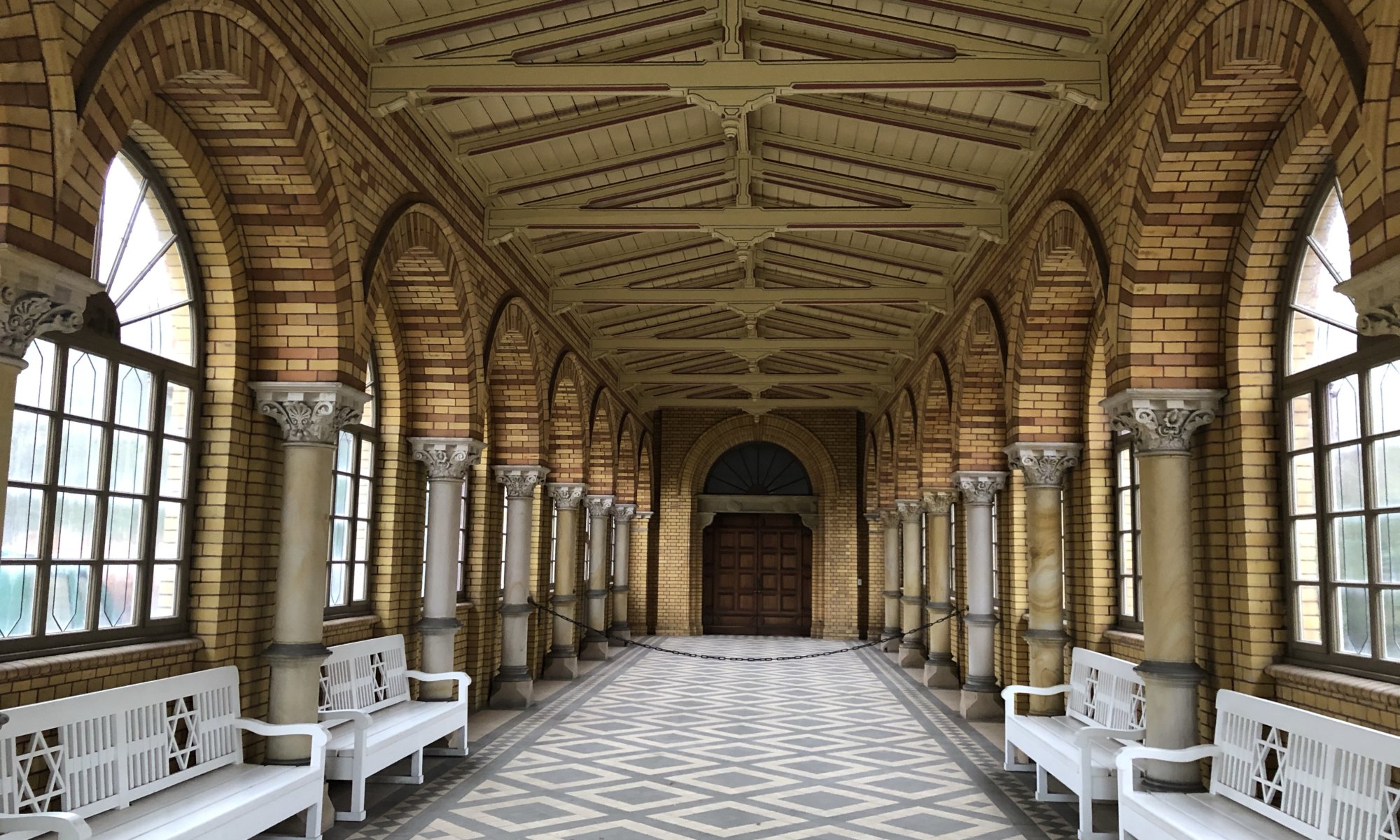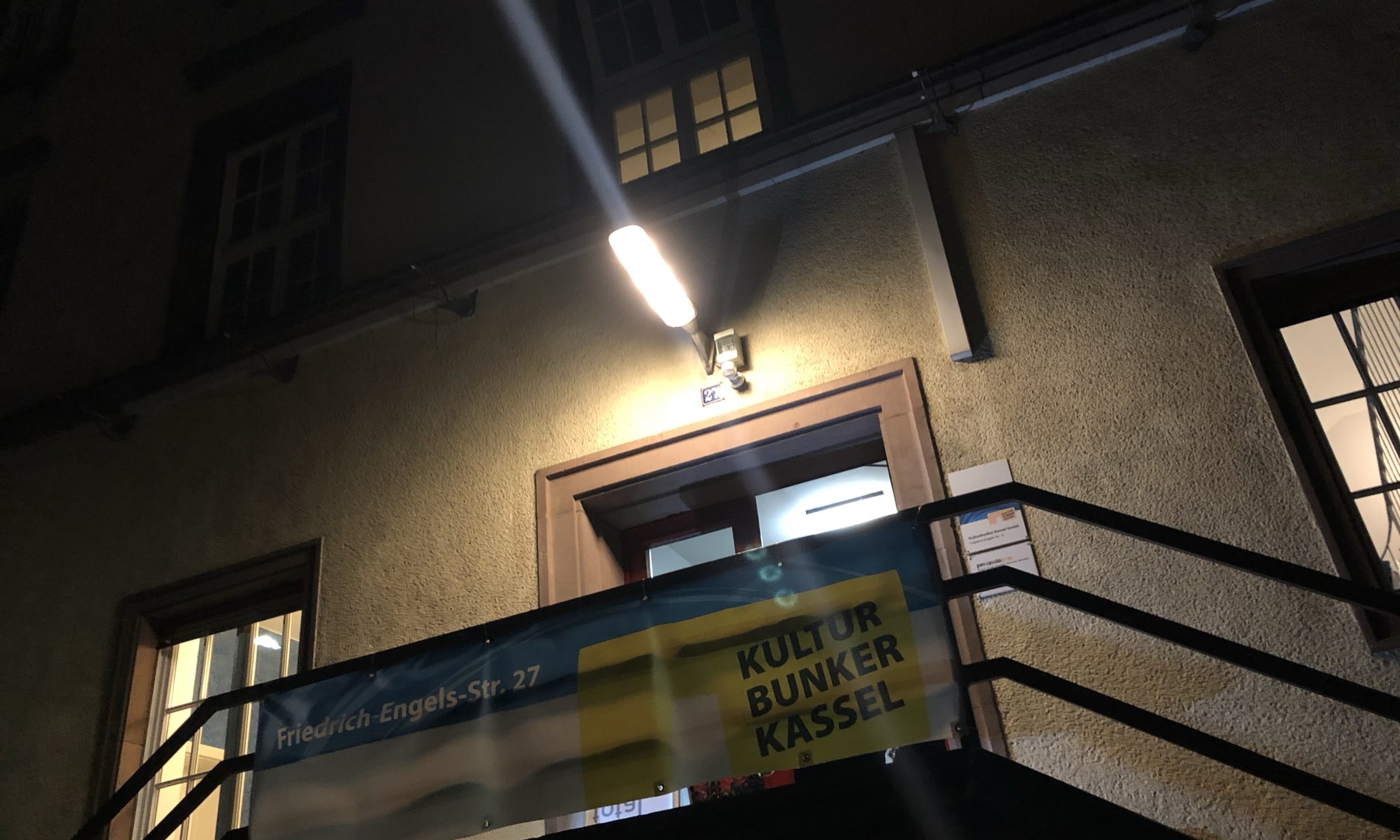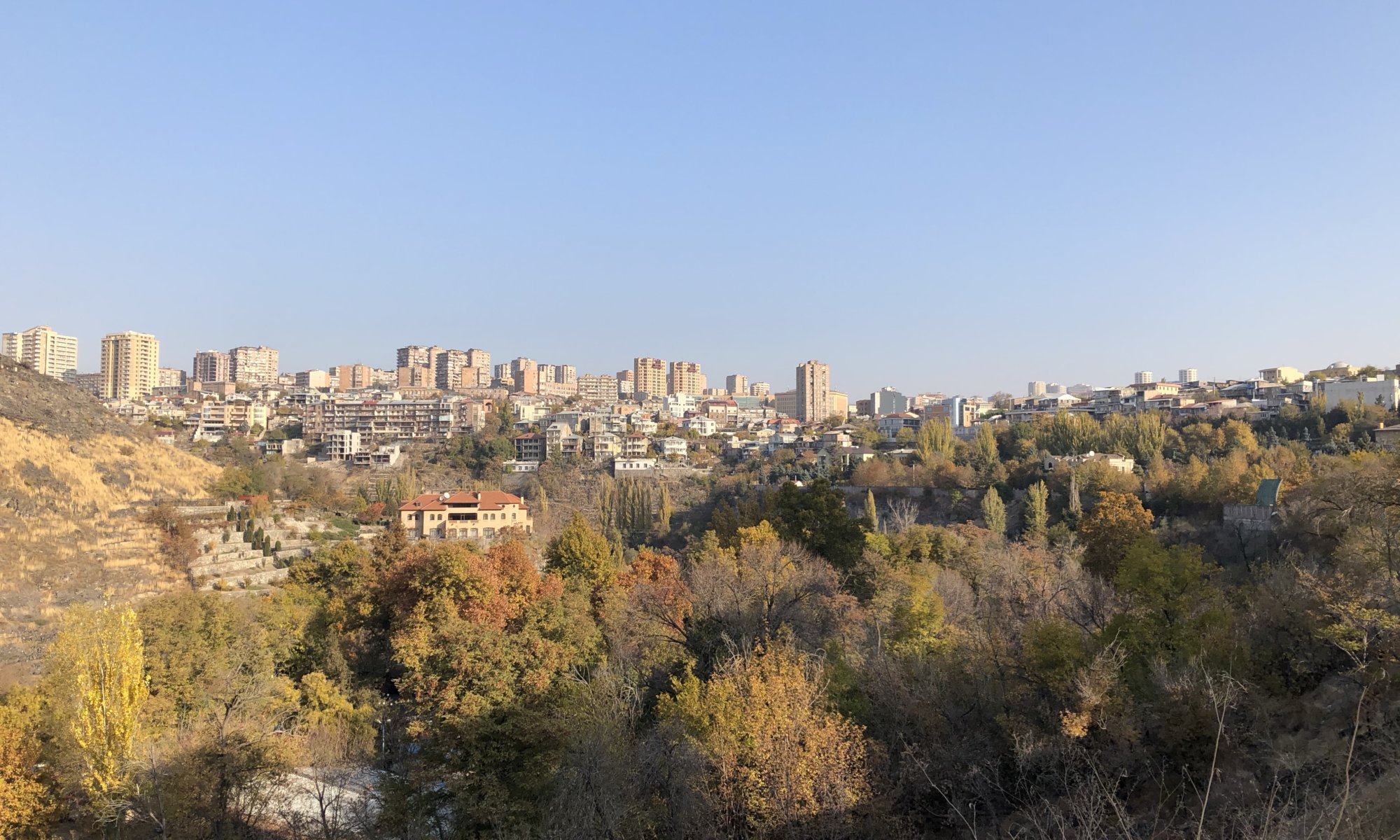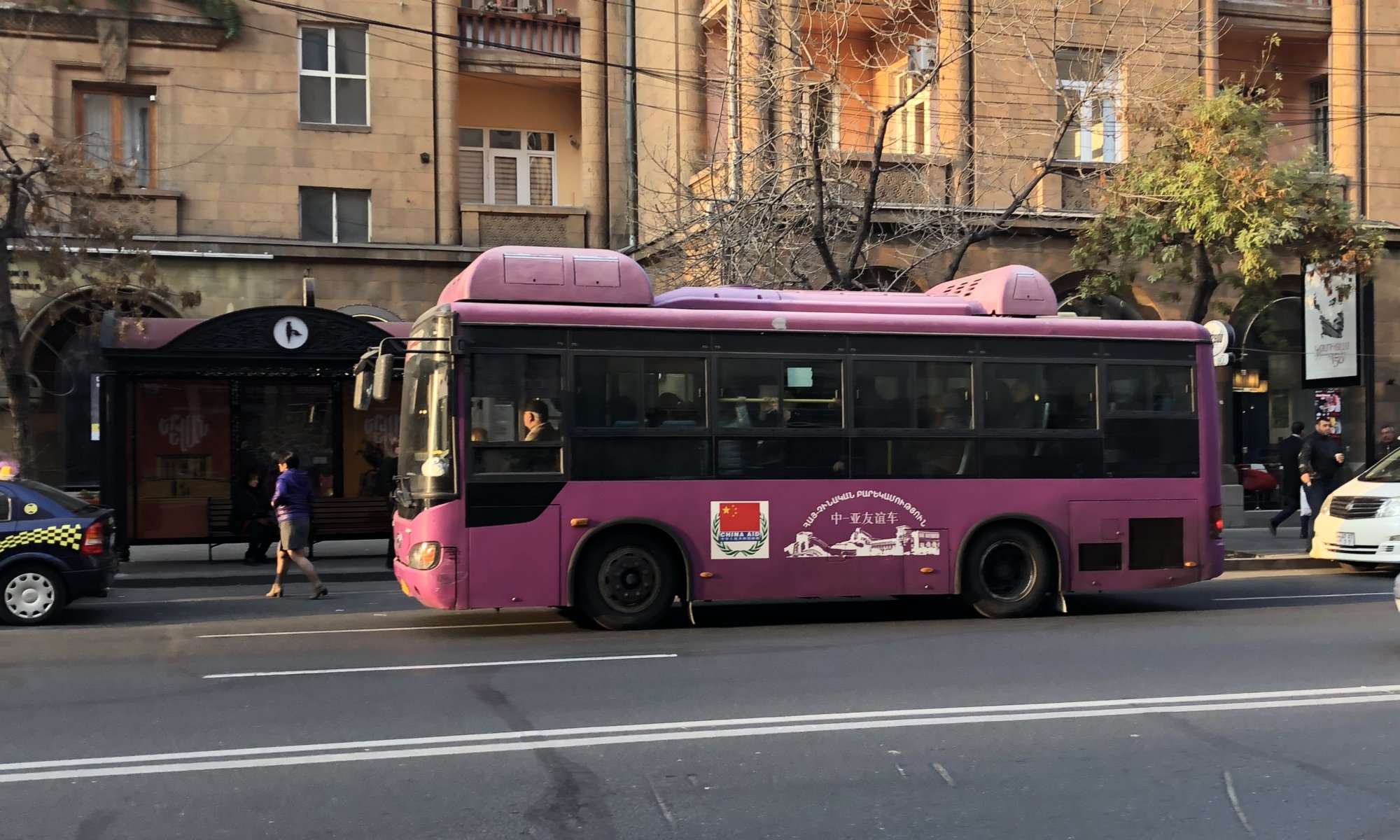There are many good reasons for having a cat at home – and also many for not having one. Sometimes people in your household have allergies. In my case, I’m just travelling too much to have a pet. But that doesn’t mean that you can’t enjoy the pleasure of watching cats playing or sleeping (which they often do). At the city quarter Charlottenberg of Berlin, Germany, you can find the coffee bar ‘Zur Mieze‘ – the home of seven cats.
Continue reading “Zur Mieze”Teufelsberg
The Teufelsberg (devil’s mountain) at Berlin, Germany, is a lost place. Deteriorating and shabby. A place you can explore, where you can learn about espionage and a location full of anarchy that you might experience in Germany only in Berlin. It is the second highest mountain in the city, and it is artificial – created from the wreckage originating from World War II. Located within the British occupation zone, it was first used by the United States of America to control the air space over the divided German capital.
Continue reading “Teufelsberg”Jewish cemetery
The Jewish cemetery at Berlin-Weißensee is the largest one in Europe. It was created in 1880 and contains on 42 hectares more than 115,000 graves. Because of the Jewish burial tradition which causes that graves remain forever, you can see very old graves here and very beautiful ones. The continuous deterioration and nature extending over the graves make this a beautiful place. Another good reason to visit this place are the buildings in Italian Renaissance revival style made with yellow bricks.
Continue reading “Jewish cemetery”Vier Jahreszeiten
The Hotel Vier Jahreszeiten Kreuzberg in Berlin, Germany, is not the right hotel for you if you like quiet environments. It is located at the Skalitzer Straße with the drug deals of Görlitzer Bahnhof direct in front of it. But if you like to be at the centre of the action this place is great – for example, it is only a very short walk to the great club SO36. As a surplus, the hotel is located above the wonderful Korean restaurant Kimchi Princess.
Continue reading “Vier Jahreszeiten”Schlachthof
Within Kassel, Germany, you will find different smaller concert venues which give you the chance to listen to a wide range of bands – newcomers and bands with a smaller audience. One of them is the Schlachthof in the city quarter Nord-Holland close to the university. At this location, there was once the slaughterhouse of the city until it was moved to Waldau in 1973. The buildings have been destructed and the Elisabeth-Knipping-Schule, a school providing vocational education, was built. Only the gatehouses remained and are now the home of the community centre and concert hall.
Continue reading “Schlachthof”Städtisches Museum
I’m always a bit hesitant when it comes to local museums in small towns. They’re often seen as a must-have independent from the question whether there is something to exhibit or not. The Städtisches Museum of Hann. Münden, Germany, is a place I would nevertheless recommend if you’re interested in local history. It feels like a wild mix of topics and some sections look very old-fashioned but it offers enough content for an informative visit.
Continue reading “Städtisches Museum”Bunker
Sometimes you don’t have to travel far to find interesting places. And sometimes they are hidden just around the corner and you’ve passed them many times without noticing. I had this experience with two air-raid shelters (in German often called ‚bunker‘) and a beer-cooling cellar north of the city centre of Kassel, Germany. In the city quarter ‘Vorderer Westen‘ you can find a mountain called Kratzenberg consisting of shell limestone. During the time of the dinosaurs, the area was under water and the remains of shellfish sank down and created this limestone. Within this material many breweries created cellars later.
Continue reading “Bunker”Երևան
Never did I underestimate a country as I did with Armenia. It was the first Christian country and its capital city Երևան was founded 29 years before Rome, Italy. The result of this long and culturally rich past can be seen in numerous museums and temples throughout the country. During Soviet times the Asian face of Երևան was nearly fully destroyed – today the city centre is very modern, financed in relevant parts by money coming from the diaspora (created by the genocide of 1915).
Continue reading “Երևան”Armenian
The language of Armenia is an Indo-European language which strong connections to the Greek language and many words taken over from Iranian. It is spoken in Armenia and the internationally not accepted Republic of Artsakh (or Nagorno-Karabakh). But because of the large Armenian diaspora, it is spoken in different other countries. Additionally, it is used together with one of the most beautiful alphabets I’ve ever seen.
Continue reading “Armenian”Public transport
Getting around at Երևան, Armenia, by public transport is cheap (~100 drams per ride, that is 0.20 Euros) but not that easy. The system is a combination of buses, trolleybuses, shared taxis and a metro system. I dislike taking buses in places like this because it is hard to find out where which bus is going and where to exit – especially because of the beautiful but for me unreadable Armenian alphabet. And on the other hand, using taxis is very cheap for a foreigner in this country and ordering one by the gg smartphone app (which was installed when I received my YerevanCard) is so easy.
Continue reading “Public transport”